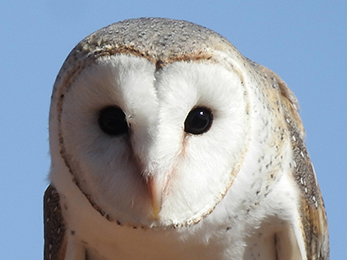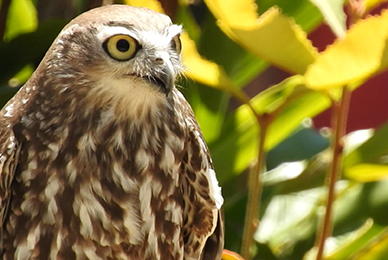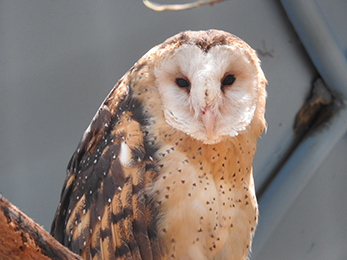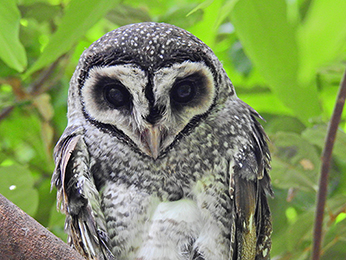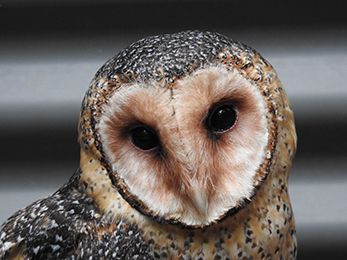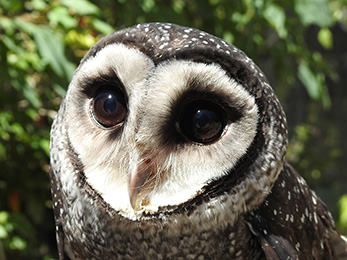OWLS
The Silent Hunters
Deep in the heart of the Australian night, a chorus of soft wings and mysterious calls echoes through the forests, woodlands, and even city parks. These are the voices of Australia’s owls—a group of remarkable nocturnal birds whose adaptations have made them icons of the twilight hours.
Unique Adaptations
Australian owls, belonging primarily to the Strigidae family, possess a range of fascinating adaptations that help them thrive under the cover of darkness:
- Large Eyes: Their eyes are specially adapted for gathering the faintest glimmers of light, allowing them to see even when the moon hides behind clouds.
- Exceptional Hearing: The Barn Owl, for example, wears a distinctive heart-shaped facial disc that channels the faintest rustle towards its ears, enabling it to pinpoint prey by sound alone.
- Silent Flight: Fluffy fringes on their wing feathers break up air currents, ensuring that their approach to unsuspecting mice and insects is nearly undetectable—a masterclass in stealth.
- Powerful Talons and Beaks: These tools allow them to catch, hold, and consume a variety of prey, from scurrying rodents to unsuspecting lizards.
Life in the Night
Owls are true creatures of the night. Imagine standing in an open field under a sky scattered with stars. The air is cool, scented with eucalyptus, and a sudden, soft hoot carries through the darkness. Somewhere nearby, an owl glides in near silence, scanning the ground for movement.
- Diet: Carnivorous by nature, Australian owls feed on small mammals, birds, insects, and reptiles. What remains of their meals—fur, feathers, and bones—forms compact
pelletsthat they regurgitate. These pellets, often found beneath their favourite roost, reveal important clues about their diet. - Breeding Habits: Many species nest in hollow tree trunks, while some have adapted to man-made nesting boxes. The timing of breeding usually peaks in spring and early summer, when food is most plentiful.
Notable Species
| Species | Distinctive Feature | Habitat |
|---|---|---|
| Barn Owl | Heart-shaped facial disc | Farmlands, grasslands |
| Barking Owl | Dog-like “woof-woof” call | Woodlands, river forests |
| Powerful Owl | Australia’s largest owl, deep call | Forests, urban fringes |
| Boobook | “Mopoke” call, smallest species | Rainforests, gardens |
Owls and Humans
Owls have long held a special place in Australian culture and mythology. In many Indigenous Australian traditions, they are considered symbols of wisdom and are painted into stories and artworks passed down through generations.
With cities growing into owl territories, some species, such as the Southern Boobook and Powerful Owl, have adapted to life alongside humans. You might spot them perched above a city park or hear their calls echoing across a suburban golf course late at night.
Conservation Concerns
Despite their resilience, Australian owls face numerous threats:
- Anticoagulant Rodenticides: Used to control pest rodents, these chemicals can poison owls when they consume contaminated prey, posing a silent and significant threat.
- Habitat Loss: As forests are cleared and nesting hollows become scarce, owls lose both their homes and their hunting grounds.
Subtle Yet Vital Actions
Each time we reduce our use of toxic chemicals or help protect mature trees, we contribute to the ongoing survival of these fascinating birds. By fostering gardens and green spaces that mimic natural habitats, we welcome owls back into our lives and landscapes.
Australia’s owls are more than just night-time hunters; they are vital players in their ecosystems, helping to keep rodent and insect populations in balance. Their survival relies not just on their impressive adaptations, but on our willingness to coexist with—and conserve—them. When you next hear the haunting call of an owl, remember it is not only a sound of mystery and wonder, but also a call for continued care and stewardship of our shared wild places.
To support Australia’s native owls:
- Avoid using rodenticides.
- Protect old trees and nesting sites.
- Encourage local authorities to create owl-safe environments.
Together, we can ensure these silent hunters continue their nightly watch for generations to come.


